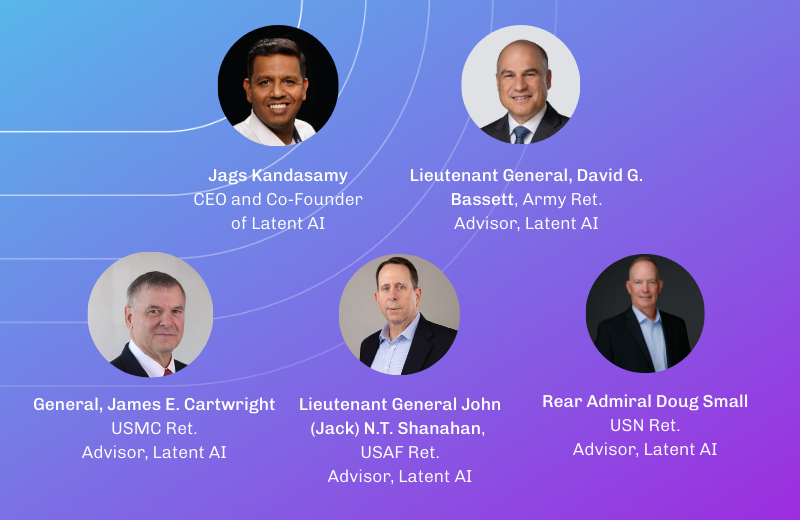Why edge AI alleviates the need for “flexible” data centers
Google’s demand response approach represents important progress in making AI more sustainable, but it doesn’t go far enough to address the underlying power consumption challenges. While shifting workloads during peak demand helps grid operators, the fundamental power demands of centralized AI processing remain unchanged. The opportunity Google hasn’t fully leveraged is edge computing, which can dramatically reduce those baseline power requirements through distributed processing that naturally alleviates grid strain at specific locations.
The real question isn’t how to make data centers more flexible—it’s whether we need these massive, centralized facilities for AI in the first place. Consider what Google is actually doing: they’re shifting “non-urgent compute tasks like processing a YouTube video” during grid strain. But with edge AI, that YouTube video processing happens locally on devices that consume 50 watts instead of requiring 700-watt data center infrastructure. While you might argue that 14 edge devices at 50W still totals 700W, the critical difference is distribution: those 50-watt loads are spread across different grid regions, time zones, and utility networks rather than concentrated at a single point. Edge computing inherently provides the “flexibility” that Google is engineering through demand response programs, because distributed processing naturally distributes power draw across the grid. The processing isn’t delayed or shifted to manage grid strain; it’s automatically load-balanced across thousands of locations where local grid capacity can handle the modest power requirements.
Google talks about “bridging the gap between short-term load growth and long-term clean energy solutions,” but edge computing eliminates that gap entirely. When you can achieve the same AI capabilities with 1/14th the power consumption—and do it locally where the data originates—you don’t need to build new transmission lines or negotiate demand response agreements.
Their partnerships with utilities in Indiana, Tennessee, and Belgium represent commendable efforts to address AI’s grid impact—these demand response programs are genuinely positive steps toward sustainable computing. However, the approach addresses symptoms rather than root causes. Edge AI offers a more fundamental solution through inherently power-efficient hardware architectures. This hardware efficiency advantage becomes crucial for scaling sustainability—as AI adoption accelerates, the difference between optimizing high-power centralized systems and deploying low-power distributed systems becomes exponentially more significant.
The most telling admission in Google’s post is that “there are limits to how flexible a given data center can be, since high levels of reliability are critical.” This acknowledges that demand response is inherently a compromise. Edge AI offers both reliability and efficiency without requiring utilities to manage massive load fluctuations because the power draw is distributed across thousands of locations rather than concentrated at centralized facilities.
More importantly, edge computing puts control where it belongs: with the users themselves. Instead of Google determining when AI workloads can run based on grid conditions, edge AI lets individual users decide their own priorities and quality of service requirements. A user processing urgent data can maintain full performance locally, while another user might choose to defer non-critical tasks, but these decisions happen at the device level, not through utility negotiations. This represents true “power to the people”—literally and figuratively—where users control both their computing priorities and their local power consumption.
While Google deserves praise for trying to reduce environmental impact, the more transformative approach is to fundamentally rethink where AI processing happens. Instead of making data centers more flexible, we should be making AI processing more distributed. The technology exists today to run sophisticated AI models on edge devices with a fraction of the power consumption—we don’t need to wait for utilities to build more infrastructure or negotiate when AI can run.
The future of sustainable AI isn’t about managing massive centralized loads more cleverly—it’s about distributing intelligence to where it’s actually needed, with the energy efficiency that comes naturally from edge computing. This approach directly aligns with the White House’s “America’s AI Action Plan,” which emphasizes both AI leadership and infrastructure resilience. Edge AI technology addresses both policy objectives simultaneously, maintaining America’s competitive advantage in AI while solving the grid flexibility challenges that Google’s demand response programs attempt to manage.
Rather than asking utilities to accommodate AI’s massive power demands, edge computing delivers the secure, deployable AI capabilities that the Administration envisions without burdening the electrical grid. We have the technology today to achieve the AI leadership goals outlined in the national strategy while eliminating the infrastructure constraints that currently limit AI deployment.




